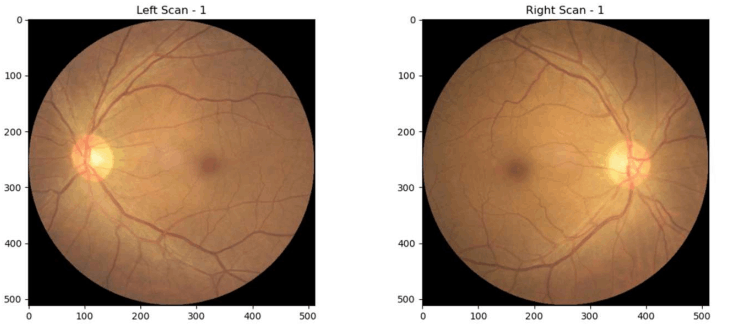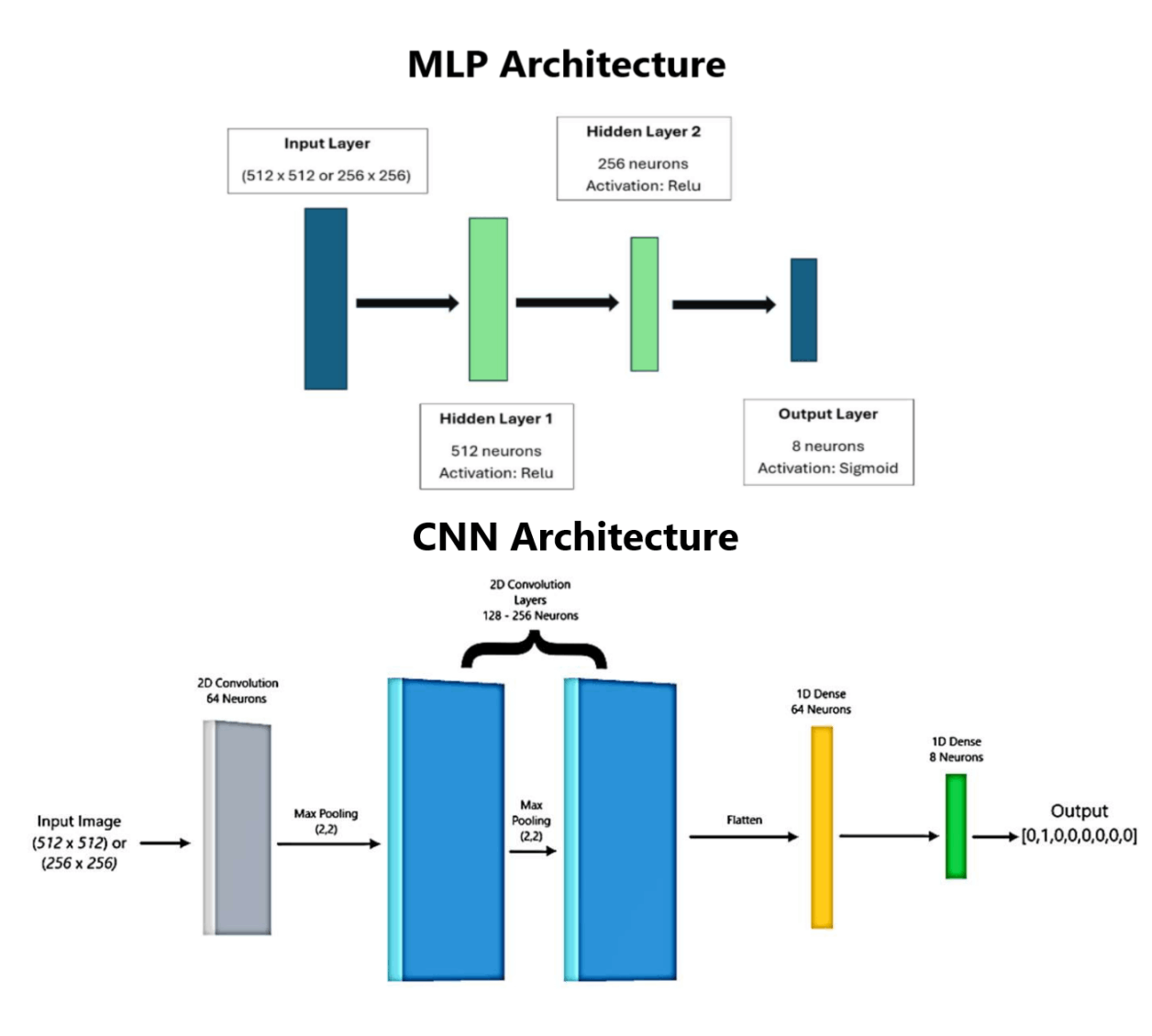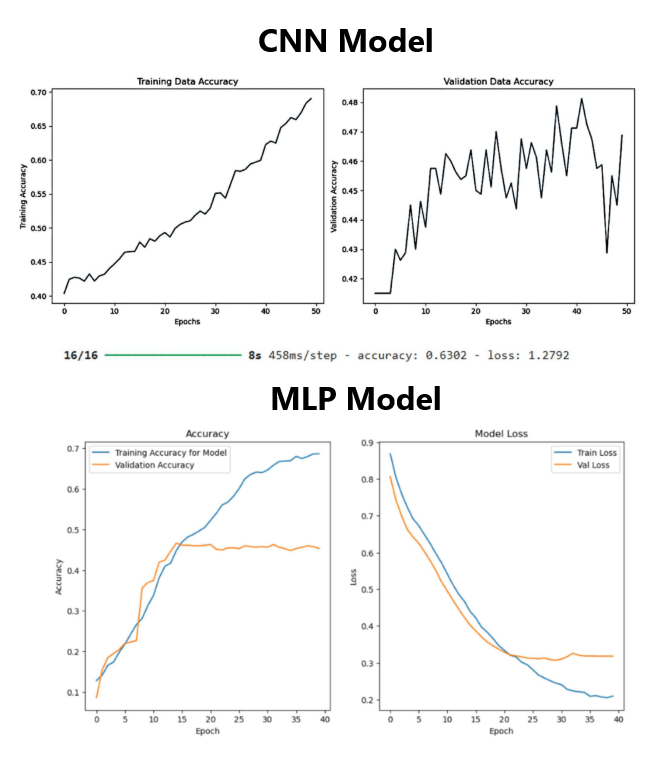
Sample Left and Right Fundus Scans
A Bit of Background
During my time at the University of Waterloo, I wrote a paper studying the applications for Convolutional Neural Networks (CNN's) and Multilayered Perceptrons (MLP's) for classifying ocular diseases from retinal fundus scans of patients. A link to the full paper can be found here: Research Paper.
Skills: Python, Convolutional Neural Networks, Image Processing, Data Cleansing, Model Training, Model Tuning, ADAM
Several models were trained on a rich dataset of 10,000 images varying the following parameters:
- Number of Images
- Image Resolution
- Number of Epochs
- Learning Rate
- Number of Hidden Layers
- Neuron Density The number of neurons in a layer
- Dropout
- Batch Size

